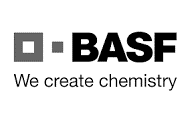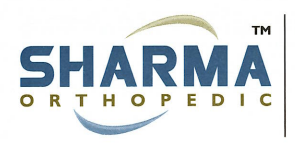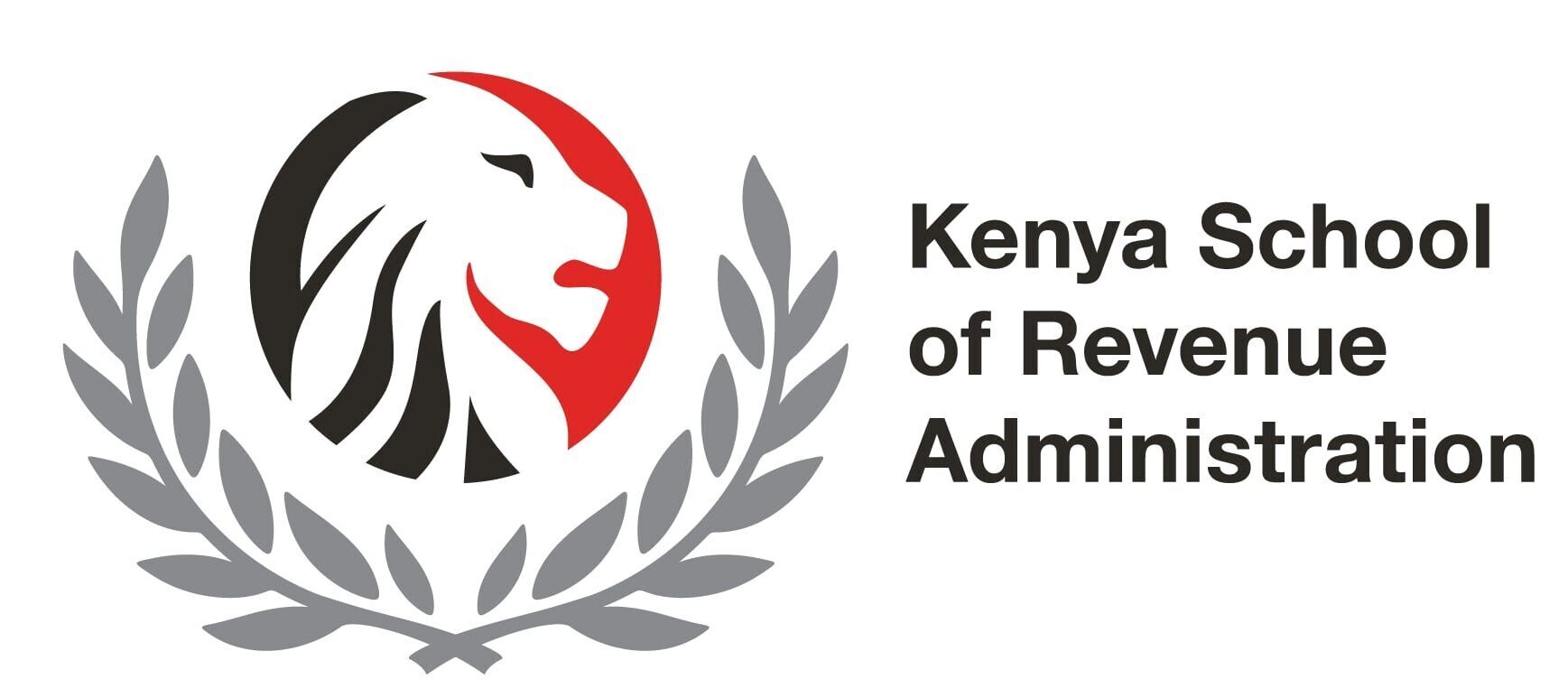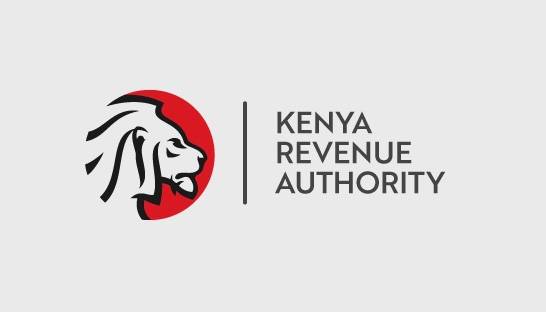- HS Classification Opinions
- 515 Views
Introduction to the Harmonized System Nomenclature
In the late 1960’s, a growing awareness developed among the major trading partners of the need to rationalize and harmonize trade documentation data, in particular, to find a common way of designating and coding all commodities involved in international trade. To this end, the Customs Cooperation Council initiated exploratory studies and preparatory work on the development of a new commodity classification system. The work was completed in June 1983 with the creation of the Harmonized Commodity Description and Coding System and the establishment of the new international Convention to govern its implementation.
The HS Convention entered into force on 1 January 1988, under the Customs Co-operation Council, renamed World Customs Organization (WCO) in 1995, and based in Brussels, Belgium. Kenya became a signatory to the HS Convention on 29 July 1988 and commenced its implementation on 1 July 1989. The HS, designed to provide a method for classifying all goods in international trade, is a structured nomenclature comprising descriptions of goods that are set out under 4-digit classification numbers called headings. Most of these headings are further sub-divided into 5 and 6- digit classification numbers called subheadings. It is the language of international trade.
Presently, the HS Convention has 156 Contracting Parties, including Kenya, with most of the remaining non contracting countries also basing their tariffs on the HS covering about 98% of world trade. With over 5,000 international traded commodity groups, each identified by a 6-digit code, arranged in a legal and logical structure, there is now a higher level of harmonization of customs clearance procedures based on the HS than we have ever witnessed before.
Historical background of the Harmonized System Nomenclature
The first International Statistical Nomenclature was adopted at the second International Conference on Commercial Statistics held in Brussels in 1913. In May 1927, the idea of having a common framework of Customs Tariff arose during the World Economic Conference in Geneva.
Geneva Nomenclature
Following the economic depression of 1929, there was need to revitalize trade and the international community through the League of Nations helped create the first international Customs Nomenclature in 1931. This came to be known as the Geneva Nomenclature. The aim was to have it serve as the common basis of a nomenclature for the most trading nations. However, following the collapse of the League of Nations, the Geneva Nomenclature ceased after it failed to meet the expectations of the trading community.
Standard International Trade Classification (SITC)
In 1938, The League of Nations published a document that was referred to as the “Minimum List of Commodities for International Trade Statistics”. This list was based on the 1937 revision of the League’s Draft Customs Nomenclature. The Minimum List required a lot of modifications and by 1950, the United Nations developed, with the help of expert consultants, what came to be known as the United Nations Standard International Trade Classification (SITC).
Brussels Tariff Nomenclature (BTN
In 1947, thirteen governments represented in the Committee for European Economic Co-operation set up a Study Group to examine the possibility of establishing one or more Customs Unions between the various European Countries, in accordance with the GATT principle. In 1948, the Study Group decided to establish two committees. One of the Committees later became the Customs Co-operation Council (CCC). The Convention establishing the CCC entered into force on 4 November 1952. The CCC developed and published Brussels Tariff Nomenclature (BTN) in 1955.
The classification criteria that were taken into account to order the goods in the BTN were mainly starting from raw materials, the processing stage and the industrial origin. The criteria of industrial origin of goods for its part was included at the request of the statisticians who participated in its preparations. The intent of this criterion was to ensure to a large degree that each subheading of the classification should include only those goods normally produced by the same industry. These classification criteria considered by BTN have served as the basis for the development of other international classifications like the UN Central Product Classification (CPC).
The BTN was later renamed Customs Co-operation Council Nomenclature (CCCN) in 1974 and the document had 21 Sections, 99 Chapters and 1,241 headings.
Customs Cooperation Council Nomenclature (CCCN)
Although the BTN was a major development that saw the creation of an international tariff nomenclature, it had a number of shortcomings such as;
-
It was not used by all the major trading nations, for example the US, Canada and China continued to retain their own tariff systems,
-
Although the BTN proved adequate for customs purposes, it did not provide enough details for other potential users, for example, statisticians, carriers and insurance companies,
-
It was outdated by technological developments
-
It did not respond quickly enough to changes to trading
Thus pressure mounted through the 1960’s for a modern coding system that could be used by all parties that were involved in international trade. In 1970, the CCC was tasked with developing a new nomenclature. In 1973 the CCC set up the Harmonized System Committee, together with a technical team to service the Committee. In 1974, the BTN was renamed the Customs Cooperation Council Nomenclature (CCCN) to relate it more clearly with the institution that it produced.
Harmonized Commodity Description and Coding System
The process of establishing a more robust classification system started in 1974 when the Customs Cooperation Council set up the Working Party to assist the Harmonized System Committee and develop a new classification system that reflected the changes in international trade. The Working Party was made up of:
-
Members of the Harmonized System Committee;
-
Representatives of other countries- not necessarily countries that were using the CCCN;
-
Non customs organizations, for example, UN Statistical Office and the International Air Transport Association.
By May 1983, the HS Committee and its Working Group had completed their task of developing the HS. The HS was largely based on the CCCN. It was borrowed from SITC, the European Community Nomenclature, the US Nomenclature, the Canadian and Japanese Nomenclatures, whose components were augmented to form the HS. It entered into force on 1 January 1988 delivering a new classification system with multiple purposes.
In contrast to its predecessor CCCN, the HS 88 broadened the categories from four to six digits. The HS88 shows a structure of 21 Sections, 96 Chapters (including Chapter 77 for potential future use), and 1,241 headings of four digit codes. Of this total, 930 of the headings are divided into subheadings giving origin to a total of 5,019 groups of goods identified by a six digit codes. Later the HS88 was reviewed in the years 1992, 1996, 2002, 2007, 2012, 2017,2022
Benefits of the Harmonized System Nomenclature
The HS is used for various purposes, however, it is primarily used for the classification of goods in terms of the customs tariff and collection of customs duties and taxes. The HS Nomenclature is used by over 200 countries, unions or international organizations (e.g. WTO, UNO). The Common External Tariff (CET) used in the East African Community (EAC) is based on the WCO HS Nomenclature. Over 98 % of goods in the international trade are classified according to the HS Nomenclature. While adopting the HS in 1988, Contracting Parties cited the following benefits as justification for adopting the classification system;
-
The HS provided the opportunity to modernize and restructure national tariff nomenclatures to eliminate anomalies and other problems;
-
The adoption of the HS resulted in improved collection of import and export statistical data;
-
It led to improved electronic processing of trade statistics;
-
It harmonized the administration of tariff classification system and made it more understandable;
-
It improved countries ability to bargain more effectively in international trade negotiations and to monitor such negotiations;
-
It allowed proper and systematic evaluation of problems and opportunities related to import and export
Uses of the WCO Harmonized System Nomenclature
The HS is used by governments, international organizations and private sector for the following;
-
for national customs tariffs,
-
for collecting international trade statistics,
-
for defining origin rules,
-
for trade negotiations,
-
for collecting national taxes,
-
for freight tariffs and transport statistics,
-
for monitoring controlled goods (e.g. waste, drugs, chemical weapon, ozone depleting substances, protected species etc.) and
-
as an indispensable tool in the performance of customs controls and customs procedures, risk analysis and in information technology.
HS Users
Harmonized Commodity Descriptions and Coding System (HS Nomenclature) is designed
as a multi-purpose tool and is therefore used by;
-
Governments
-
International Organizations
-
Importers and Exporters
-
Manufacturers
-
Traders
-
Shipping agents
-
Transporters
-
Port Authorities
-
Statisticians, etc.
The role of the World Customs Organization (WCO) in Administering the HS
The primary role of the WCO is the maintenance of the HS ensuring its uniform interpretation and periodic updating in light of developments in technology and changes in the structure of the international trade. The WCO manages this process through the Harmonized System Committee which is composed of the representatives of the Contracting Parties to the Convention.
The Committee meets twice a year, and each contracting party represented in the Committee has the right to one vote. The Committee suggests decisions amending the Convention including the nomenclature. Further, it prepares Classification decisions, Explanatory Notes, Classification opinions or recommendations for the interpretation of the Convention. Working documents and reports on the work of the Harmonized System Committee are available to public.
Amendments to the Convention become binding for all Contracting Parties two years after the notification by Secretary General of the WCO. Decisions concerning the management and interpretation of the Convention must be adopted by the Contracting Parties within the period of two months after the approval by the HS Committee. All documents published by the WCO are available in English and French, which are the official languages of the WCO.
WCO Harmonized System Committee (HSC)
In accordance with the Preamble to the HS Convention, which recognized the importance of ensuring that the HS is kept up to date in the light of changes in technology or in patterns of international trade, the HS is regularly reviewed and revised. The HS Convention established the Harmonized System Committee (HSC), composed of representatives from each of the contracting parties, which meets twice a year. The HSC is assisted in its work by its Working Party, by the Review Subcommittee, and by the Scientific Subcommittee. The HSC, inter alia, considers the needs of users, as well as changes in technology and patterns of international trade, and proposes amendments to the HS based on its considerations, prepares recommendations about and circulates information concerning the application of the HS, and gives guidance on matters concerning the classification of goods.
Responsibilities of the WCO Harmonized System Committee (HSC)
Ensuring uniform interpretation and application of the HS
The HSC takes measures and makes proposals to the Council to ensure the uniform interpretation and application of the HS.
To fulfill this task, the HSC;
-
Prepares Explanatory Notes, Classification Opinions and individual formal advice as a guide to the interpretation of the HS
-
Prepares recommendations to secure uniformity and transparency in the interpretation and application of the HS
-
Collates and circulates information concerning application and maintenance of the HS
Much of the above is achieved during its bi-annual meetings. At these meetings, technical and general issues are examined and subsequent action is determined.
Settlement of classification disputes
The HSC is also the arbitrator of classification disputes between Contracting Parties. However, countries are encouraged to first solve such disputes among themselves and reach an agreement. Where such agreements are reached, Members are advised to inform the HSC Secretariat accordingly.
Classification disputes that cannot be settled by direct negotiations between Members in the first instance are referred to the HSC for adjudication at its bi-annual meetings, where after examination; the Committee makes recommendations for their solutions.
In the unlikely situation where the Committee is unable to settle the dispute, it may refer the matter to the Council for a recommendation. Members aggrieved by the decision of the HSC have a right of appeal and any Member wishing to exercise this right must lodge a reservation to the HSC Secretariat on or before the last day of the two full subsequent calendar months after the end of the HSC meeting.
Continuous updating of the Harmonized System Nomenclature
Unlike its predecessor, the HS has an inbuilt mechanism of continual amendment. This is very important in order for the HS to keep pace with advancement in technology and international trade. The HS has a five-year review cycle. A review cycle may look at the Nomenclature as a whole, or they may address certain sectors, or particular areas- for example a review period may focus on heavy machinery classifications or on computer related components. The review cycle is a very intensive undertaking and involves many submissions and consultations between HSC and its sub-committees.
Harmonized System Committee Sub-Committees
As we have already seen, there are several sub-committees that support the HSC in its work. They are;
Review Sub-Committee (RSC)
This sub-committee is responsible for the systematic review of the Nomenclature on an ongoing basis. It consists not only representatives from Contracting Parties to the HS Convention, but also of representatives of non-governmental international organizations and any experts whose participation is considered valuable.
It operates by consensus and where consensus cannot be reached on a particular issue, the differing views together with their rationale are forwarded to Harmonized System Committee (HSC).
Scientific Sub-Committee (SSC)
The SSC is an advisory body of the WCO Council on questions involving chemicals or other scientific matters. It consists mainly representatives of the Customs laboratory services of the Council Members. The SSC often assist the Harmonized System Committee and the Review Sub-Committee in questions involving the classification of chemical products.
World Customs Organization (WCO) Secretariat
Nomenclature and classification matters are handled within the WCO Secretariat by the Nomenclature and Classification Sub-Directorate of the Trade and Tariff Affairs Directorate of the World Customs Organization. This body performs secretarial work in regards to meetings of the HS Committee and its various sub- committees.
The International Convention on the Harmonized Commodity Description and Coding System
The HS is governed by “The International Convention on the Harmonized Commodity Description and Coding System”, which was adopted in June 1983 and entered into force on 1 January 1988. Under the HS Convention, the contracting parties are obliged to base their tariff schedules on the HS nomenclature, although parties set their own rates of duty.
The HS Convention, among other things;
-
Incorporates the HS Nomenclature in the Annex
-
Requires that the Contracting Parties apply the HS as the basis for their Customs tariffs and trade statistics
-
Establishes the Harmonized System Committee to administer the Nomenclature
-
Provides for settlement of classification questions and disputes to secure uniform interpretation and application of the HS
-
Provides for the periodic updating of the HS Nomenclature to reflect changes in technology and trade
Obligations of Contracting Parties to the HS Convention.
The HS is a legal instrument. A contracting party to the HS Convention has two main obligations: to bring its customs tariff and statistical nomenclatures into conformity with the HS; and to make its import and export trade statistics publicly available at the six-digit level or beyond. Fulfilling these obligations requires that contracting parties use all the HS headings and subheadings and numerical codes, without addition or modification; that they apply, without modification, the General Rules for the Interpretation of the Harmonized System as well as all section, chapter and subheading notes; and that they follow the numerical sequence of the HS.
Harmonized System Reference Materials
To assist users in the implementation of the HS, the World Customs Organization issues and periodically updates the following supplementary information:
-
Explanatory Notes to the Harmonized System
-
Alphabetical Index to the Harmonized System
-
Compendium of Classification Opinions to the Harmonized System
-
Harmonized System Commodity Database
-
E-learning Modules on the Harmonized System
-
Correlation Tables between the latest and previous version of the HS
Harmonized System Explanatory Notes (HSEN)
The HSEN provides official interpretation of the HS Structure and follow systematic of the Chapters of the HS. They provide the following functions;
-
Provide a commentary on the scope of the headings and where appropriate subheadings
-
Provide a commentary on the meaning of legal notes
-
Provide a commentary on the meaning of the Interpretation Rules
-
List the main products that are included within headings
-
List products that are excluded from headings
-
Provide technical descriptions (appearance, characteristics and uses) of goods
-
Provide guidance for the identification of goods
Every heading in the HS has a corresponding Explanatory Note. In some instances, Explanatory Notes relating to subheadings are also provided. Where this is the case, a “(+)” sign appears after the text of the heading.
Initially published in 1986, the HSEN are not legally binding on the Contracting Parties. They are however an important part of the HS reference materials and should be used to ascertain the correct interpretation and scope of the texts of the Nomenclature.
Compendium of Classification Opinions
This is a publication of classification decisions made after issues have been deliberated and a subsequent view formed at a Harmonized System Committee meeting. The Compendium provides the following services;
-
The classification decisions contained therein provide an indication of the scope of the coverage of the headings/sub-headings
-
It gives an insight into the Committee’s thinking in respect of various classification issues or principles.








